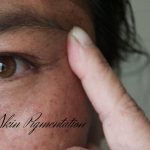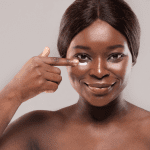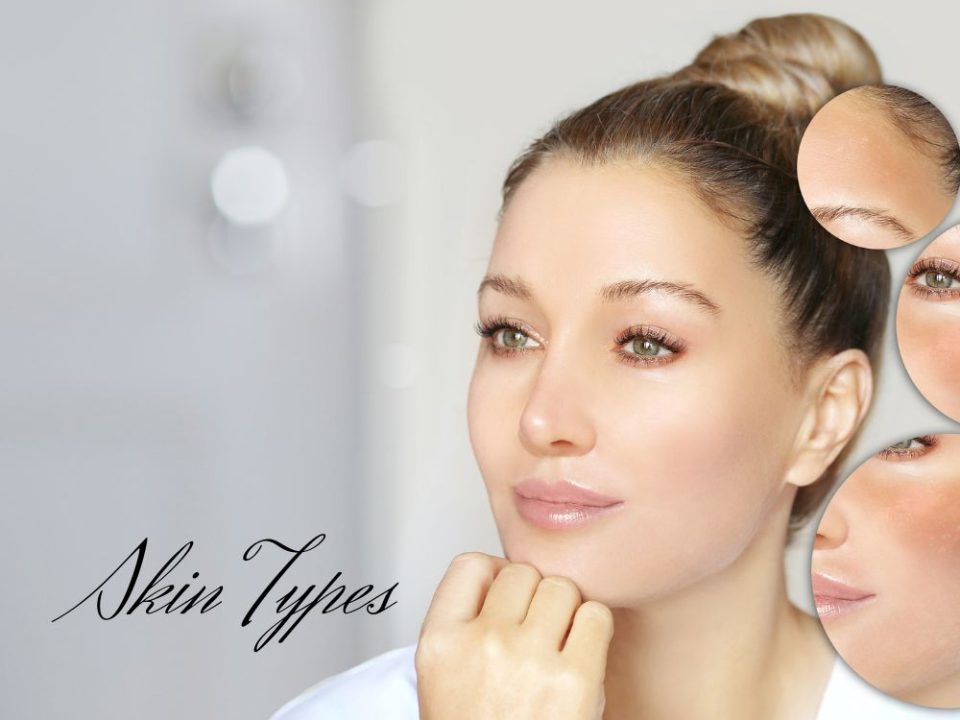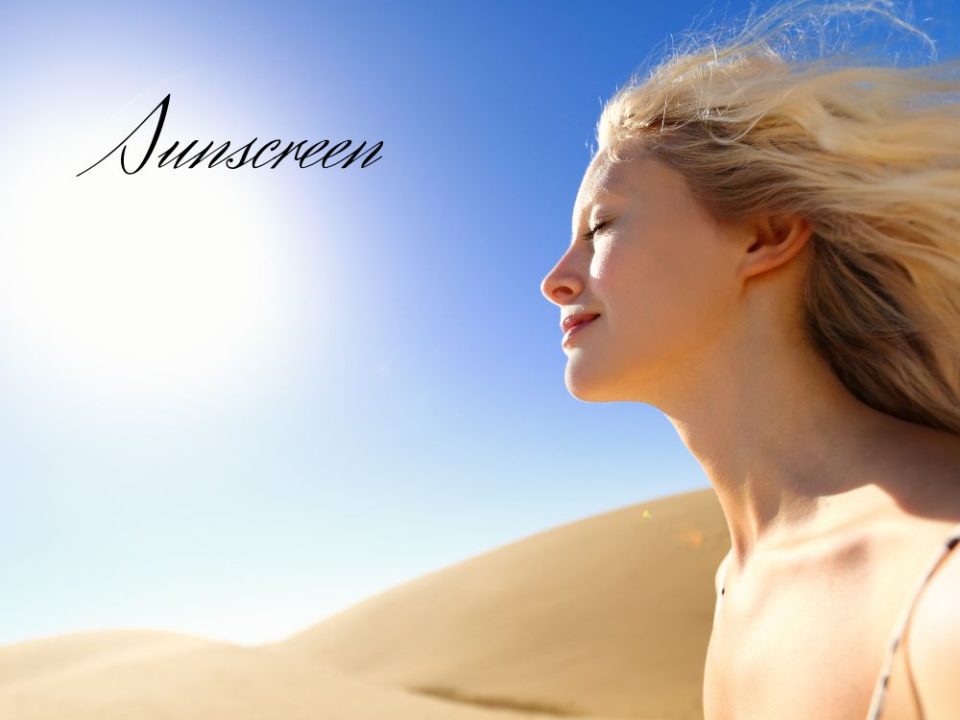
HOW TO DEAL WITH SKIN PIGMENTATION
04/06/2023
Eye Cream: Why You Need One and How to Use It
16/10/2023INTRODUCTION TO DIEGO DALLA PALMA SKINCARE
Diego Dalla Palma group combines different skills: the RVB SKINLAB scientific and technological research in the cosmetic industry and the world-famous brand known for its style and ground-breaking approach: the Italian brand Diego Dalla Palma.
On the one hand, a refined brand proposes an unconventional beauty, and on the other, a fascinating company that has adopted a rigorous scientific approach.
The union between Diego Dalla Palma and RVB SKINLAB combines Italian glamour and the soundness of scientific research – the perfect recipe to fall in love with these trusted brands and their proven results.
The Concept
Educating the cell ® re-educates the skin ® re-educates the mind
A new approach to Skincare
Cells communicate by sending and receiving signals. Signals work by interacting with receptor proteins that can contact both the outside and inside of the cell to help stimulate the activation of various processes such as cell proliferation, keratinisation, moisturisation and the production of critical structural components such as collagen and elastin.
When cellular communication is improved, micro-circulation and metabolism improve, and the skin can detoxify, moisturise and regenerate itself more efficiently.
Other unique features
- Formulations contain highly active cosmeceutical ingredients while still following the principle of sustainable Skincare.
- Formulations are paraben-free and preserved by Phenoxyethanol, a safe and non-irritating preservative. Eye products are entirely preservative-free, and formulations are kept stable with Tropolone, a humectant that binds water, thus preventing bacterial growth.
- Di-ethyl-amino hydroxyl-benzoyl and Ethyl-hexyl methoxy-cinnamate are safe organic compounds used in day creams to protect the skin against UVA and UVB radiations.
- All skincare products are produced in Italy using UNI EN ISO 9001 certified production processes, utilising solar energy and reducing water consumption where possible.
- The packaging uses FSC (Forest Stewardship Council) certified paper from sustainable and responsibly managed forests.
51+3 HYALU COMPLEX™
A registered RVB trademark ingredient
20 Amino acids
16 Vitamins
6 Trace elements and minerals
3 Nucleic acids
4 Ceramides
2 Cellular osmo-protectors
3 Hyaluronic acids
20 amino acids
Alanine, Arginine, Aspartic acid, Glutamic acid, Cysteine, Glycine, Histidine, Isoleucine, Leucine, Lysine, Phenylalanine, Methionine, Proline, Serine, Taurine, Threonine, Tyrosine, Trimethylglycine, Tryptophan, Valine.
Amino acids are the base of the skin’s architecture because they are fundamental for the neo-formation of the skin’s structural components, such as collagen, elastin and keratin and improve the resistance of these fibres.
16 vitamins
Linoleic acid and Linolenic acid (two forms of vitamin F), Ascorbic acid (vitamin C), Folic acid (Vitamin B9), Pantothenic acid (vitamin B5), Alpha-lipoic acid (thioctic acid or vitamin N), Biotin (vitamin B8), Cyanocobalamin (vitamin B12), Inositol (vitamin B7), Niacinamide (nicotinamide or vitamin B3 or vitamin PP), Pyridoxine (vitamin B6), Retinol (vitamin A), Riboflavin (vitamin B2), Thiamine (vitamin B1), Tocopherol (vitamin E), Ubiquinone (vitamin Q).
Vitamins stimulate the metabolic functions of the cells and protect the skin from external elements.
6 trace elements and minerals
Iron, Magnesium, Copper, Silicon, Sodium, and Zinc.
Trace elements and Minerals guarantee the skin’s ionic balance and are fundamental for cellular communication and metabolism.
3 nucleic acids
DNA (from salmon), RNA, ATP (adenosine triphosphate) – biotechnological – protect cell DNA.
Nucleic acids regulate the skin’s metabolism, the production of energy, and the proliferation and vitality of cells. They function in encoding, transmitting and expressing genetic information.
4 ceramides
Ceramide 1, Ceramide 3, Ceramide 6 II, Phytosphingosine.
Ceramides form the skin’s intercellular cement, which is fundamental for a healthy hydro-lipidic film (barrier function).
2 cellular osmo-protectors
Trehalose (from honey), Betaine (from sugar beets)
Cellular Osmo-protectors regulate the correct osmotic pressure (i.e., the correct water content in the cells) and are fundamental in fighting against cellular stress.
3 hyaluronic acids
Native hyaluronic acid with a high molecular weight.
Hyaluronic acids create a permeable (breathing) molecular film on the surface of the skin, which regulates the optimum hydration in the long term, smoothes out micro-wrinkles and improves the absorption of the other active ingredients.
Hyaluronic acid with a low molecular weight.
It fosters deeper hydration of the epidermis and stimulates the physiological production of proteins that keep the skin compact and elastic.
Glycosaminoglycans (Glycans).
Glycosaminoglycans are small “base bricks” and precursors for Hyaluronic acid. Cellular messengers protect the cells’ vital functions and messages’ transmission, protecting their potential for youthfulness. They stimulate the neo-formation of hyaluronic acid and reinforce the micro-circulation of the blood. Thanks to their small molecular size, they penetrate more quickly and leave the skin more permeable to other active ingredients, boosting their absorption.
51+3 HYALU COMPLEX™ is unique because it has the same composition as the skin, boosting the natural processes by working on different levels, regulating the cells and regaining optimal balance in the skin.
Concentration of 51+3 HYALU COMPLEX™ used in formulations:
2% in all products except Micellar Cleansing milk, Revitalising Tonic, Purifying Clay mask, Regenerating Scrub, Eye/Lip Make-up removing oil, Mandelic Acid exfoliant and Astringent Mask.
10% in all serums.
Anti-age products: High percentage of Amino acids.
Moisturising products: High percentage of Ceramides and Hyaluronic acids.
To ensure maximum absorption and stability of the active ingredients, RVB uses:
- Liquid Crystals (same structure as the skin)
- Liposomes
- Nanospheres
- Glycosaminoglycans (GAG)




